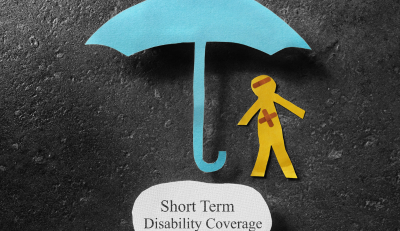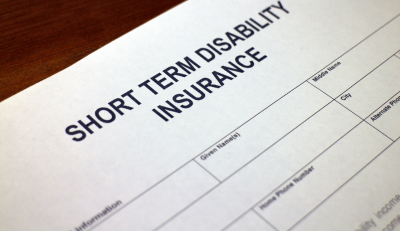Federal Employee Disability: Get the Benefits You Deserve
What happens if an illness or injury makes it impossible for you to keep working? If you’re a federal employee or postal worker, you may qualify for federal employee disability benefits. These benefits can replace lost income, providing financial security while you focus on your health.
Understanding your rights and knowing how to apply for disability retirement can make a huge difference. This guide covers everything you need to know to secure the benefits you’ve earned.
What Is Federal Employee Disability?
Federal and postal employees who can no longer perform their job duties due to a medical condition may qualify for federal employee disability retirement under the Federal Employees Retirement System (FERS). Unlike Social Security Disability Insurance (SSDI), this program is specifically designed for federal workers.
Rather than leaving you without income, this benefit ensures you continue receiving financial support even if you can’t work in your current position.
Who Qualifies for Federal Employee Disability?
To receive federal employee disability benefits, you must meet these requirements:
- You must be a current or former federal employee covered under FERS. At least 18 months of creditable service is required.
- Your medical condition must prevent you from performing your job duties. The disability does not have to be job-related.
- Your agency must confirm that no reasonable accommodation is available. If another position exists within your agency that fits your abilities and pay grade, they must offer it first.
- You must apply within one year of leaving federal service. The Office of Personnel Management (OPM) will process your application.
How Much Will You Receive?
Your disability retirement benefit depends on your salary history and years of service:
✔ First Year: You receive 60% of your highest average salary (high-3) minus Social Security disability benefits.
✔ After First Year: The amount adjusts to 40% of your high-3 average salary, again minus a portion of any SSDI benefits.
The high-3 average salary is based on your three consecutive years of highest earnings as a federal employee.
How to Apply for Federal Employee Disability Retirement
Getting approved for federal employee disability requires a strong application. Follow these steps to increase your chances of success:
Step 1: Collect Medical Evidence
Your doctor must provide detailed medical documentation proving your condition prevents you from performing your job.
Step 2: Complete OPM Forms
You will need to fill out Standard Form (SF) 3112 and other required paperwork. Your agency’s HR office can assist with the process.
Step 3: Submit Your Application
Send your completed documents to your agency’s personnel office, which will forward them to OPM for review.
Step 4: Wait for a Decision
OPM may take several months to process your claim. If approved, benefits will be paid retroactively from the date of your separation.
If your application is denied, you can appeal the decision and submit additional medical evidence.
Can You Work While Receiving Federal Disability?
Yes, but there are limits. You can work outside the federal government, but your earnings cannot exceed 80% of your previous federal salary. Exceeding this limit could result in losing your benefits.
Other Benefits You May Qualify For
In addition to federal employee disability retirement, you may also be eligible for:
- Social Security Disability Insurance (SSDI): If you’ve contributed to Social Security, this program provides additional income.
- Federal Workers’ Compensation: If your condition is job-related, you may qualify for medical care and lost wage replacement.
- Long-Term Disability Insurance: Some federal employees purchase additional insurance to protect their income.
These programs can provide additional financial security depending on your specific situation.
What If Your Application Is Denied?
A denial does not mean you’re out of options. Many federal employee disability applications get rejected due to missing information. You can appeal the decision by following these steps:
- Review the denial letter carefully to understand why your claim was rejected.
- Gather additional evidence, including updated medical records and expert opinions.
- Submit an appeal to OPM within the given deadline.
Many applicants win approval after providing stronger documentation. Don’t give up!
Final Thoughts
If you’re a federal employee struggling with a disability, you don’t have to face it alone. Federal employee disability benefits exist to support you when you need them most.
Need help filing your claim? Contact us today for expert guidance!







